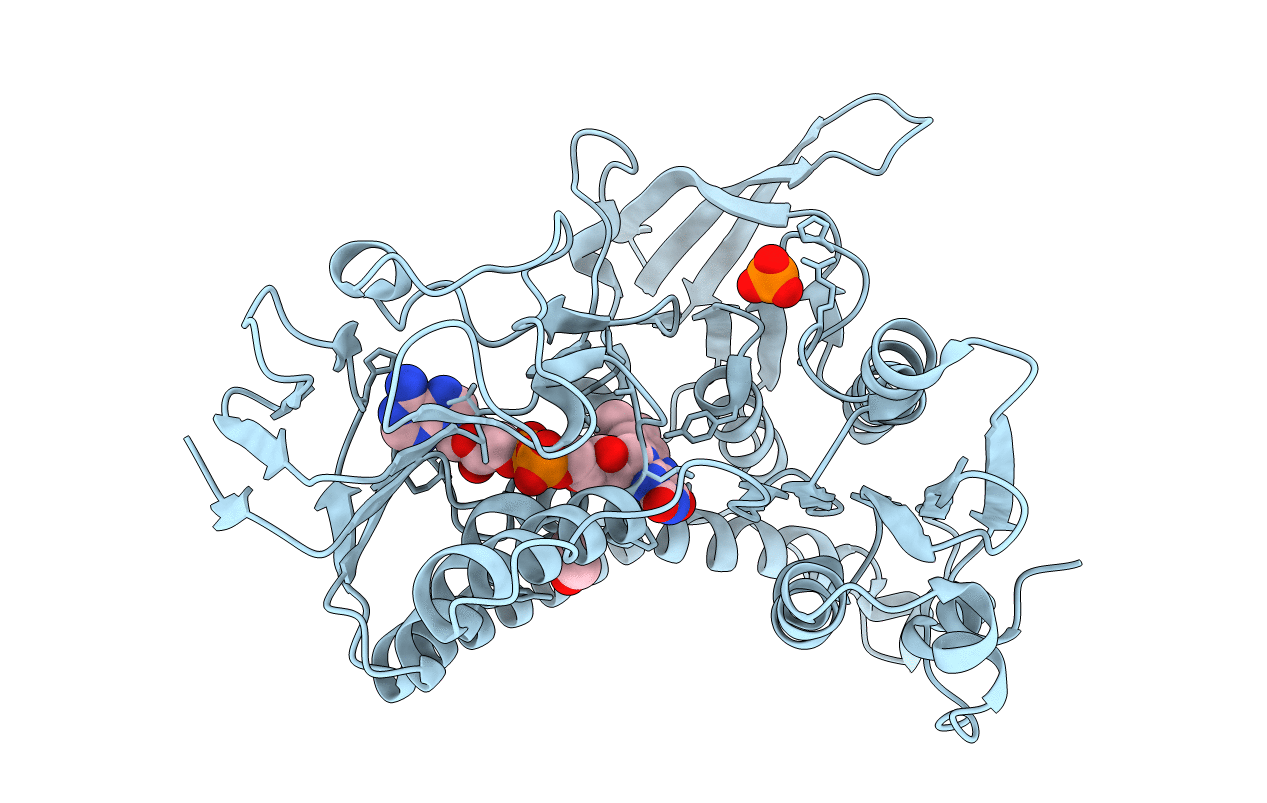
Deposition Date
1992-12-15
Release Date
1994-01-31
Last Version Date
2024-06-05
Entry Detail
PDB ID:
1GRH
Keywords:
Title:
INHIBITION OF HUMAN GLUTATHIONE REDUCTASE BY THE NITROSOUREA DRUGS 1,3-BIS(2-CHLOROETHYL)-1-NITROSOUREA AND 1-(2-CHLOROETHYL)-3-(2-HYDROXYETHYL)-1-NITROSOUREA
Biological Source:
Source Organism:
HOMO SAPIENS (Taxon ID: 9606)
Method Details:


